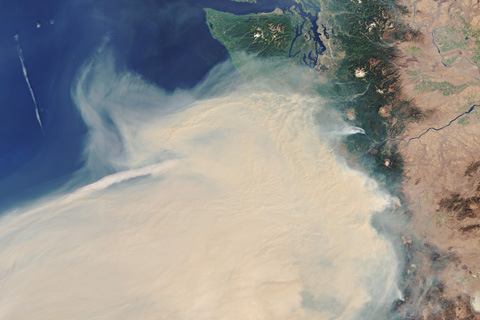
2020 smashed the previous record for billion-dollar weather and climate disasters. NCEI's Adam Smith gives us a full accounting of the year's events.

2020 smashed the previous record for billion-dollar weather and climate disasters. NCEI's Adam Smith gives us a full accounting of the year's events.
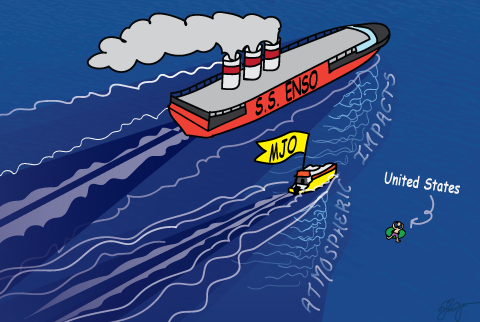
Guest blogger Marybeth Arcodia explains her latest research into how the Madden-Julian Oscillation and ENSO sometimes enhance each other's influence on U.S. precipitation and other times cancel each other out.
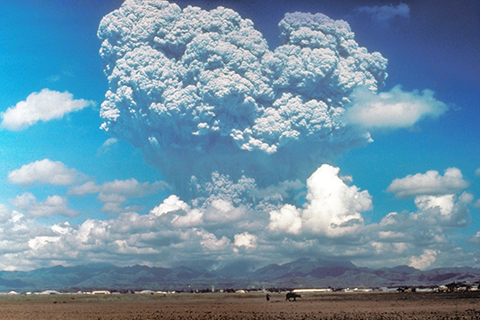
Not a Mad Lib! Our blogger lays out some of the evidence for and against the notion that volcanic eruptions can trigger El Niño.

NOAA scientists are using advances in global climate modeling to improve our ability to make seasonal predictions of Atlantic hurricane activity.

There’s more than just ENSO in the tropical climate neighborhood. Our blogger discusses an Indian Ocean climate pattern that had an important impact on Australia’s catastrophic 2019 bushfire season.
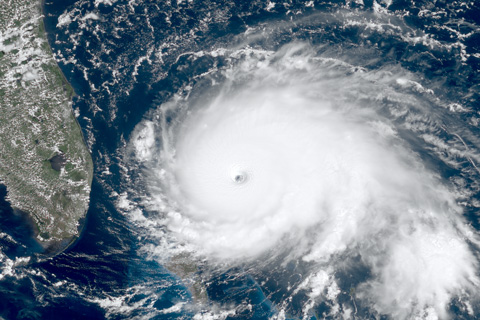
In 2019, the U.S. experienced 14 separate disasters costing at least a billion dollars each. Since 1980, 258 billion-dollar disasters have brought damages in excess of $1.75 trillion.
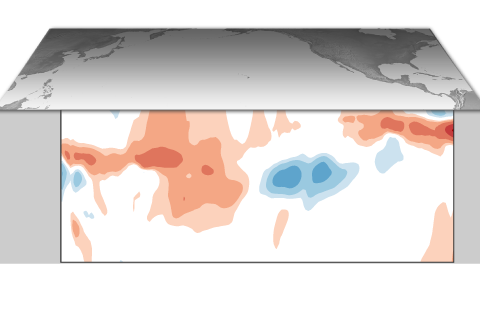
ENSO-neutral is expected to last through spring 2020. See why in our latest ENSO blog and stay for some ENSO trivia.
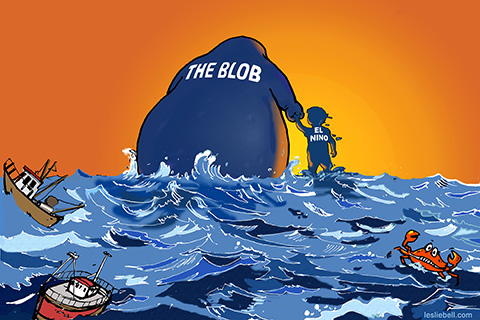
A blog post on the Blob. Blob, Blob, Blob. But here's why you shouldn't call it the Blob.
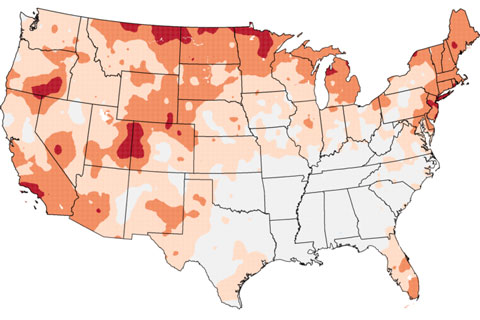
With the annual updating of NCEI’s climate trends maps, let’s go Beyond the Data to a land of seesaws and duct tape.